 |
| The genuine article as seen in Spain |
BRING THE TASTE OF SPAIN TO THE TABLE WITH THIS OVEN-ROASTED SHRIMP AND SAUSAGE PAELLA.
Paella is, hands down, the dish most associated with Spain. Prior to the emergence of tapas on tables everywhere and Ferran Adria’s molecular gastronomy, I’d venture to say, it was the only food most people thought of when they thought of Spanish cooking. However, in that country, it’s a dish associated with one province: Valencia on the East Coast. Valencian cooks regard it as one of the identifying symbols of their province. It’s one of those dishes that has so many variations, it’s possible to call any dish made with short-grained Spanish rice a Paella. This is particularly true since the word “Paella” actually refers to the pan the dish is cooked in. From there, it gets even more complicated because Valencians use the word “Paella” for all pans, including the specialized shallow one used for cooking Paellas. Plus, there’s no master recipe for Paella. Every cook seems to have their own version and sticks rigidly to their family recipe as the only way to cook paella. Recently, we were having a dinner party for more guests than usual. Because of all I’d read about Paella, I felt I had permission to go with something of my own creation. I liberally borrowed from several recipes to end up with what made the dish popular in the first place: Because it makes for a great party.
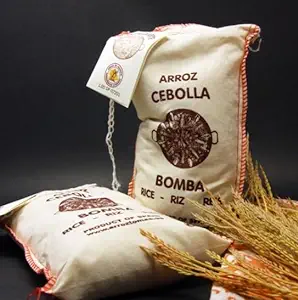
THERE IS ONLY ONE INGREDIENT YOU ABSOLUTELY MUST HAVE. THE RICE!
There’s one called “Bomba” that gets many recommendations. I could not find any Bomba rice out in my country supermarket. Fortunately, one of the endless recipes I consulted, allowed as how Goya has a medium-grained rice that’s a great stand-in. The rice is key to the dish. Short-grained rice absorbs up to twice as much liquid as other varieties. So when the rice is cooked, it still has a creamy interior even when it’s al dente. The second and all important role of the rice is to create a bottom layer that is crisp, browned and, to some eyes, looks burned. This is called “saccorat” and it’s the mark of a good paella maker. The creation of this particular layer is a lazy man’s dream because it means after the rice goes in, the dish is never stirred. But I had a bigger challenges on my hands: No Paella pan. And while we have a grill, it’s not my favorite cooking device. I like to control the heat. But in my recipe search, I found an ally in my quest to create paella: Larousse Gastronomique, the hefty bible of French Cuisine.
TRUST THE FRENCH TO WEIGH IN ON PAELLA…IN LAROUSSE GASTRONIMIQUE OF COURSE!
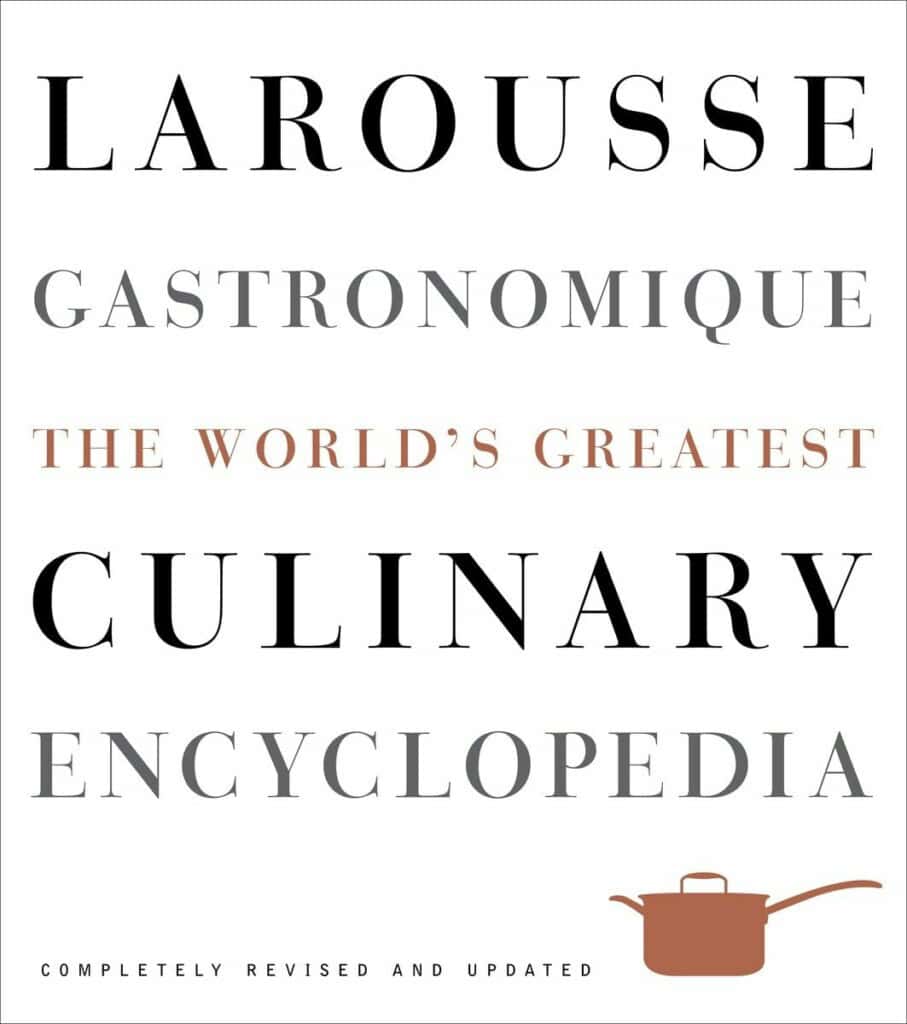
The French, in true gallic fashion, never do anything the way anyone else does especially if it isn’t true to La Cuisine Francaise. The entry for Paella gives its history and broad ingredient list. Then, acknowledging that “Paella may be a rustic dish, cooked in the open air and eaten straight from the Paellera”, the recipe takes a decidedly un-rustic turn. Initial preparation is all stove-top and when the rice is finally added, the dish goes into a hot oven—or in my case, laid on the bottom of one to create the “saccorat”—and finishes cooking with no grill in sight. Now this is not a 30 minute dinner. Far from it. But strangely, it can be cooked in stages so you don’t feel that you’re a slave to the stove. I was very proud of the results which got a thumbs from all twelve people who ate, myself included. I managed to create a decent “saccorat” and the rice was brimming with flavor. There’s a lot of fluidity with the ingredients. The version I ended up with featured, dozens of shrimp, two sausages – Andouille and cured chorizo. I made a seafood stock of chicken stock, white wine and lobster shells. See note below if you’re fresh out of lobster shells.
I also availed myself of one recipe’s flavor booster which did just what it suggests. And I also borrowed a New York Time’s recipe for a scallion relish that gets strewn across the top of the finished dish. It was heaven. And here’s the recipe.
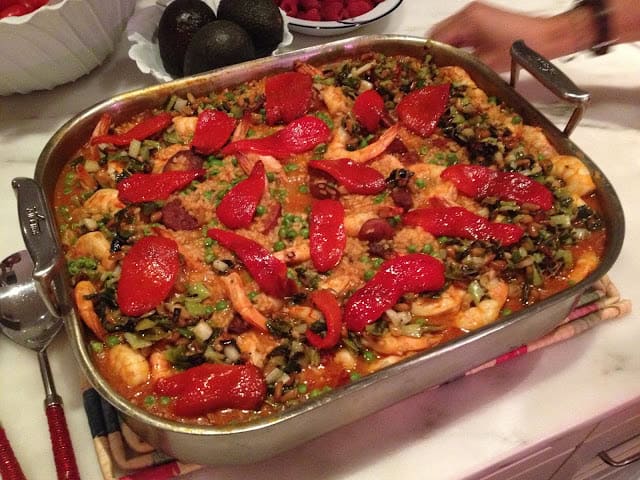
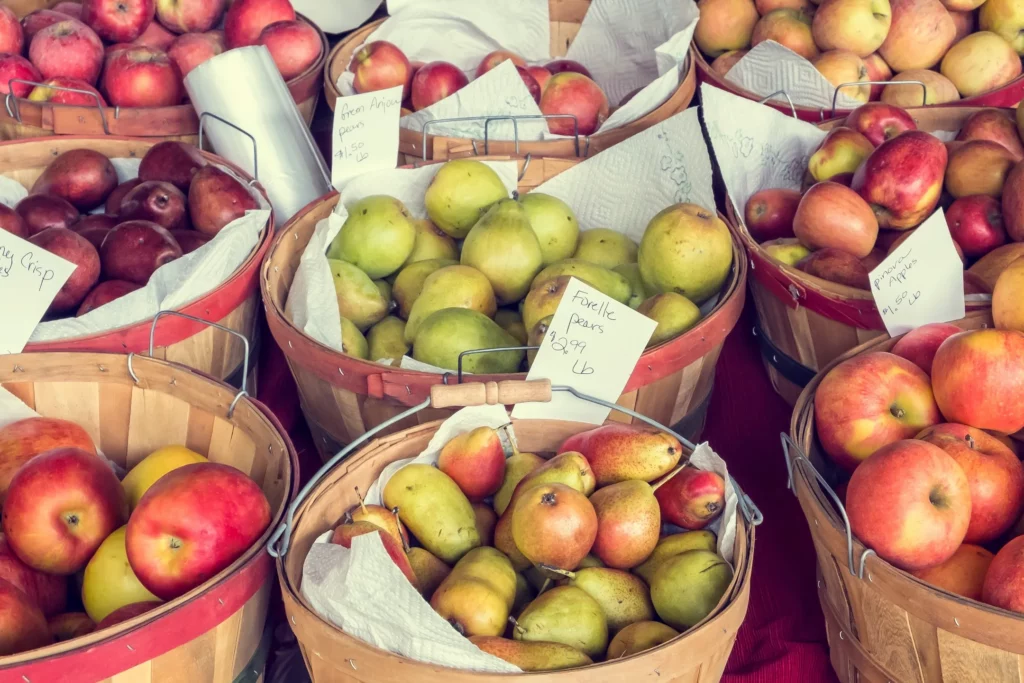
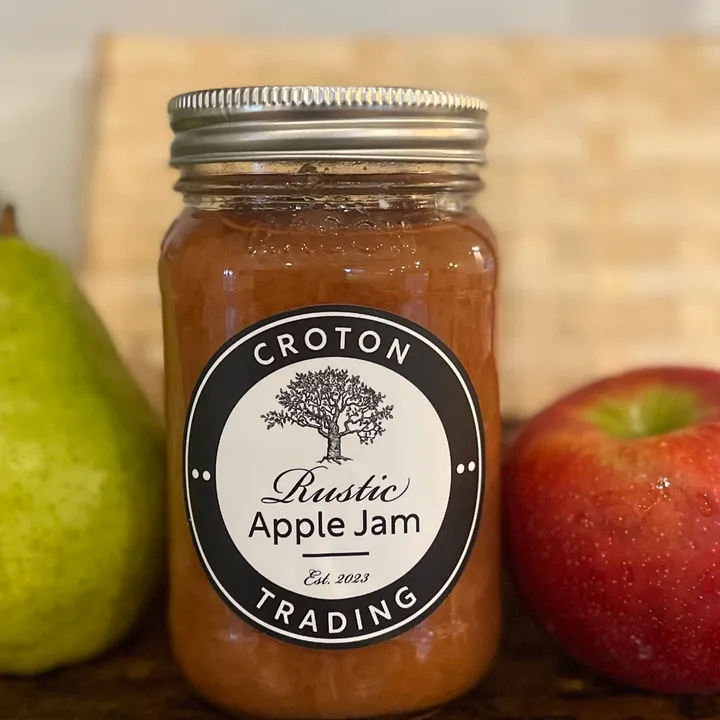
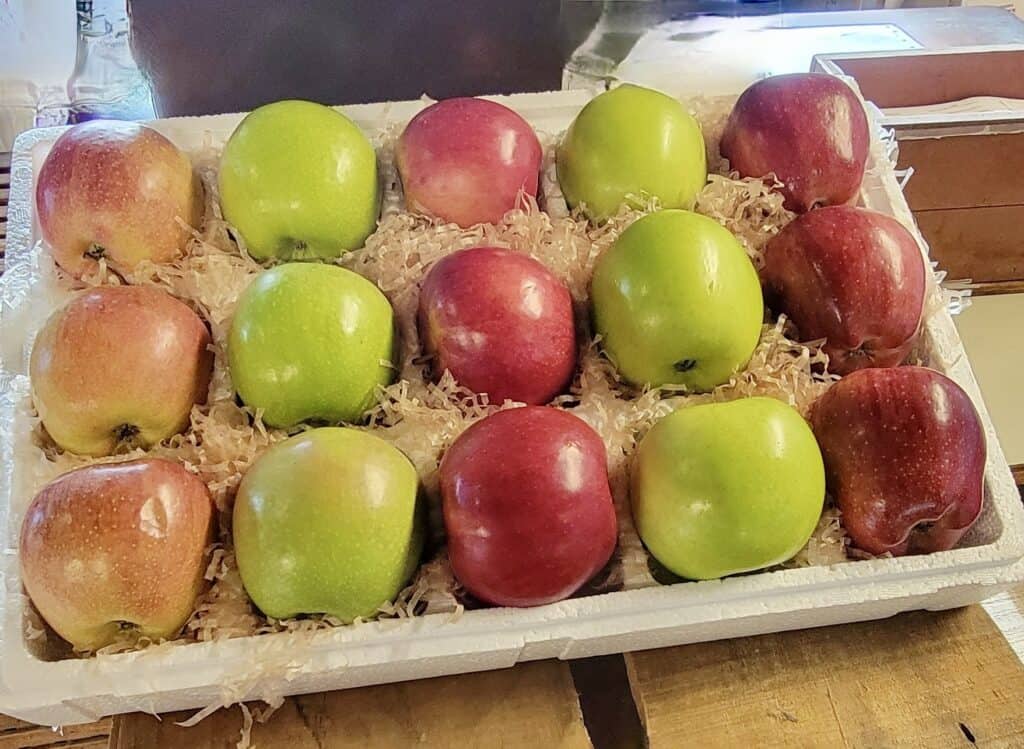
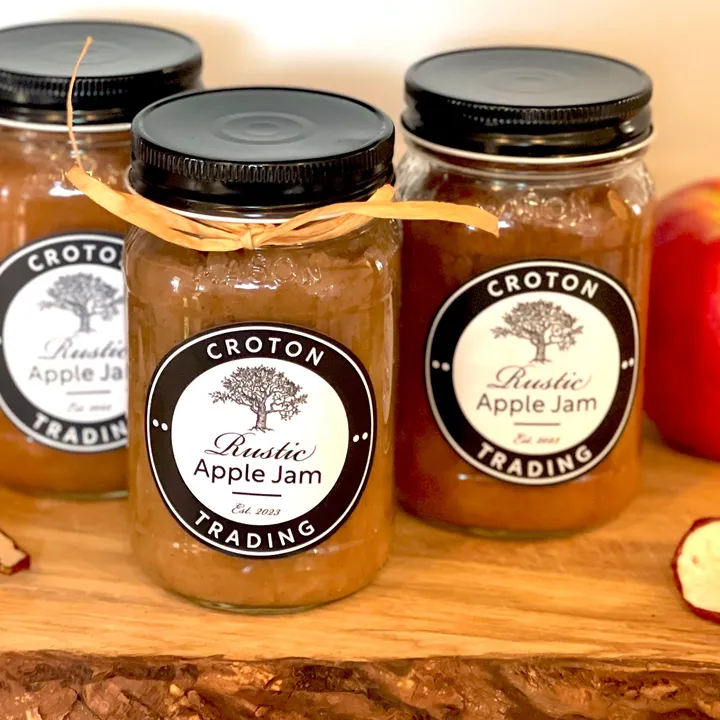
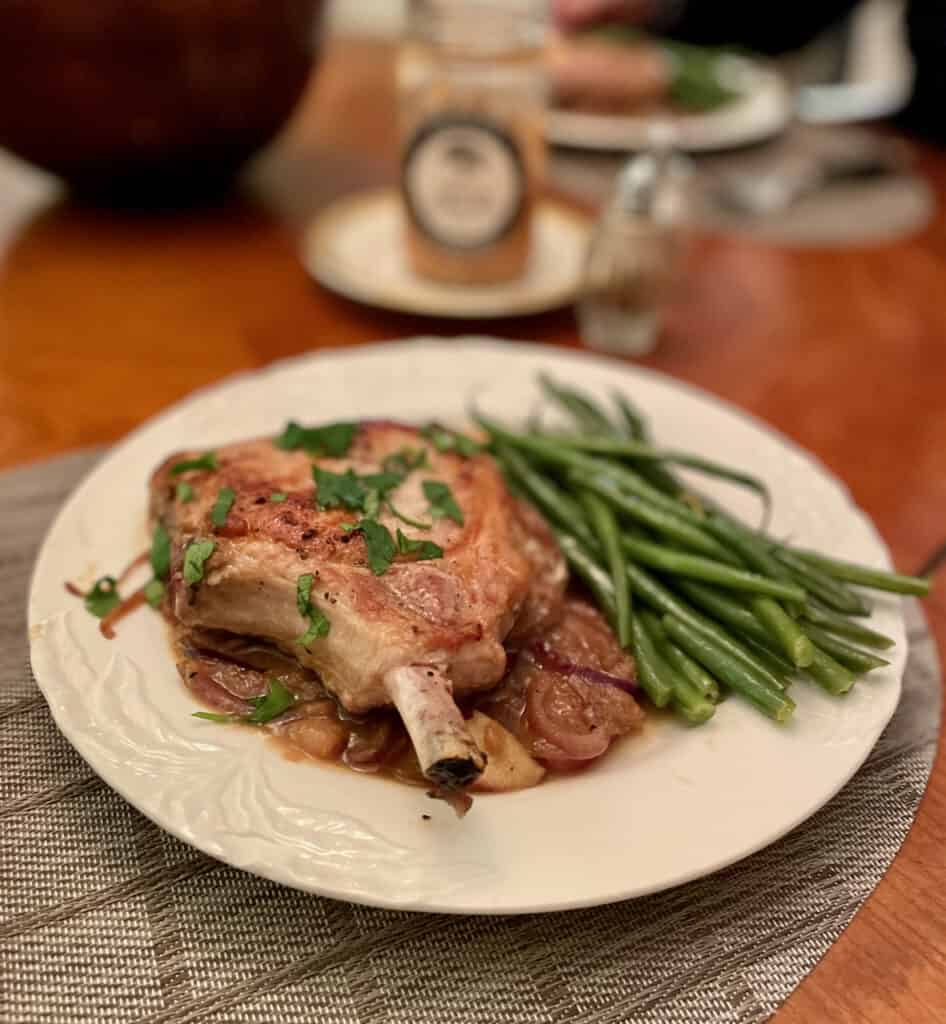
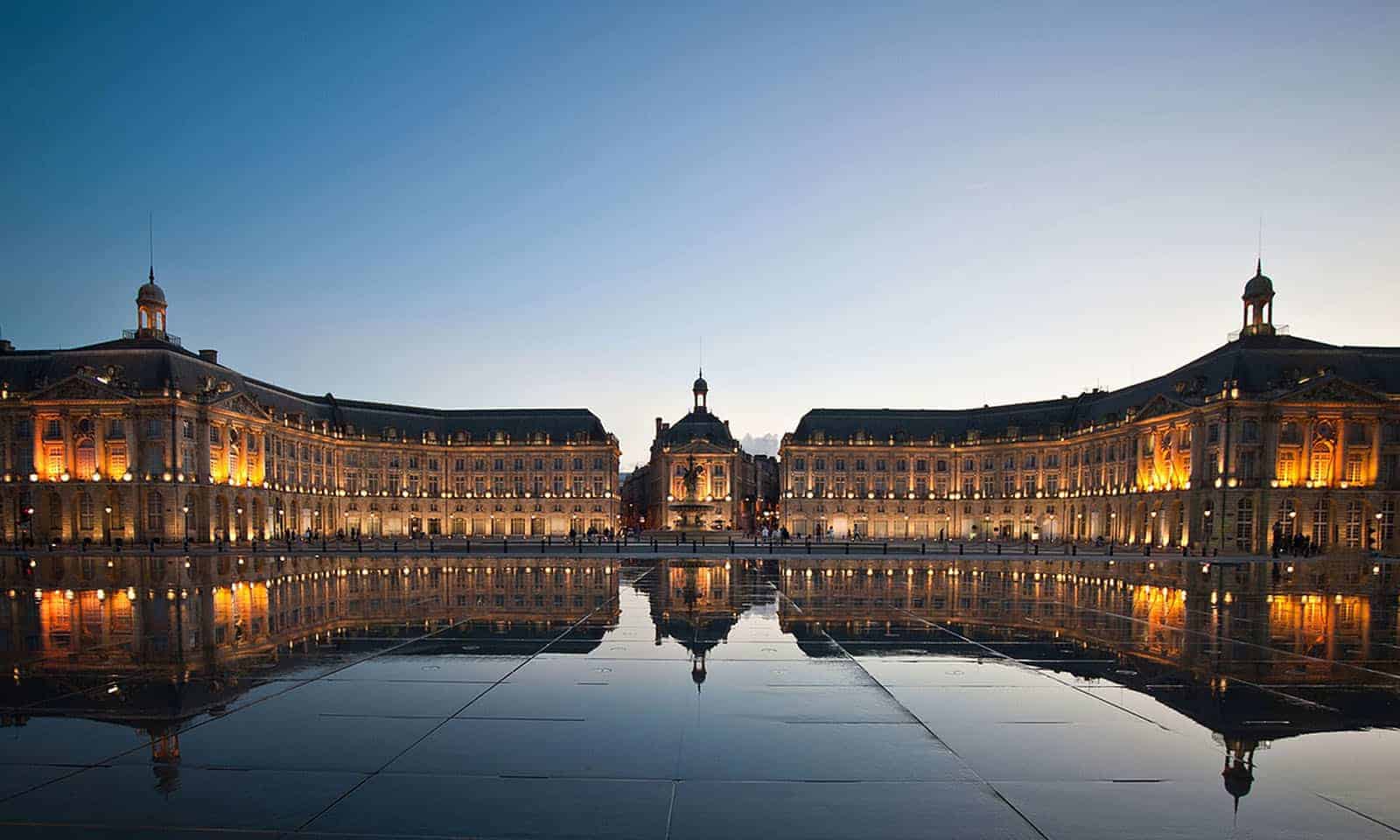
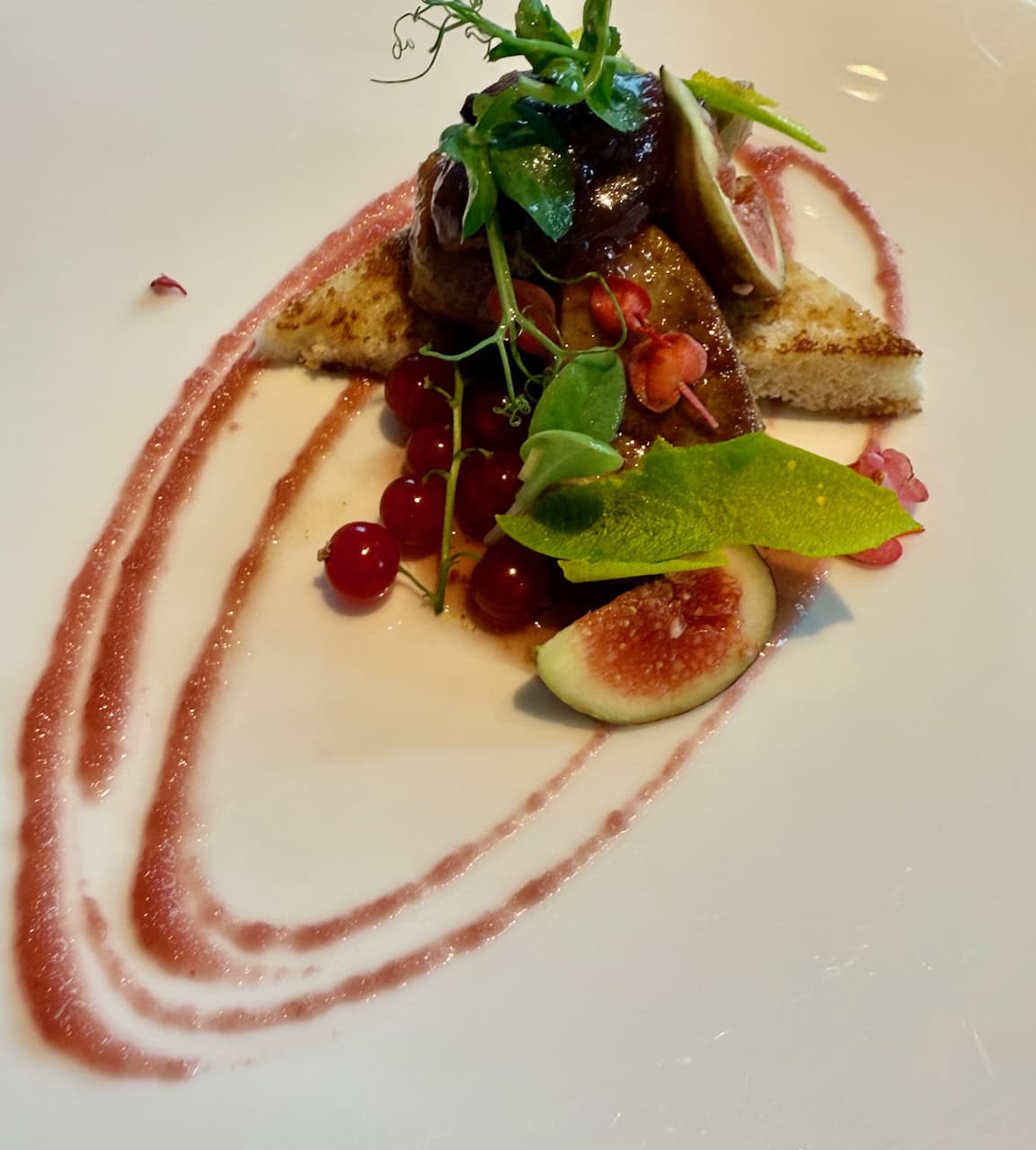




It was delicious and a good dish to serve at a dinner party.
Thanks Lauren! I am so glad you liked it and it was a pleasure to make it for you.